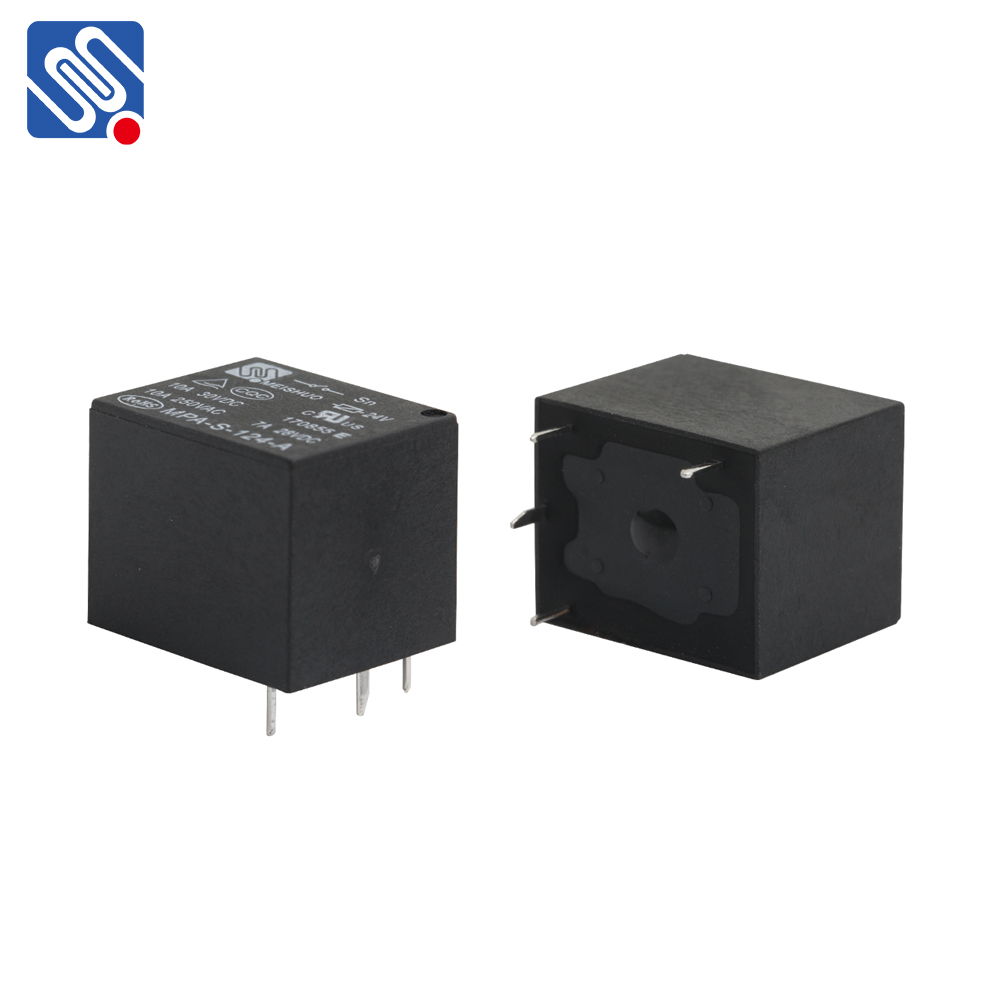relay circuit design: harnessing the power of meishuo for efficient control
Release time:2025-04-18 08:36:27
Relay circuits have been an essential component in modern electrical systems for decades. These circuits play a crucial role in controlling high-power devices using low-power signals. The relay itself is an electromechanical switch that allows a small electrical signal to control a larger current or voltage. In this article, we will explore the fundamental design principles behind relay circuits and highlight the significance of Meishuo's innovative relay solutions in enhancing circuit efficiency and performance.

A relay circuit typically consists of a coil, a set of contacts, and a spring. When a current is applied to the coil, it generates a magnetic field that pulls the contacts together, completing the circuit and allowing current to flow through. When the current is turned off, the magnetic field dissipates, and the contacts are pushed back to their original position by the spring, breaking the circuit. This process of switching is what makes relays so useful in controlling various devices such as motors, lights, alarms, and industrial machinery.
One of the critical design considerations when building a relay circuit is the power rating of the relay. The relay must be capable of handling the voltage and current of the system it is controlling. For example, if the relay is controlling a 240V motor, the contacts and coil must be rated for that voltage to ensure safe operation. Meishuo, a leading company in the field of relay manufacturing, offers a wide range of relays designed to handle varying power loads, making them suitable for a variety of applications from residential to industrial.


